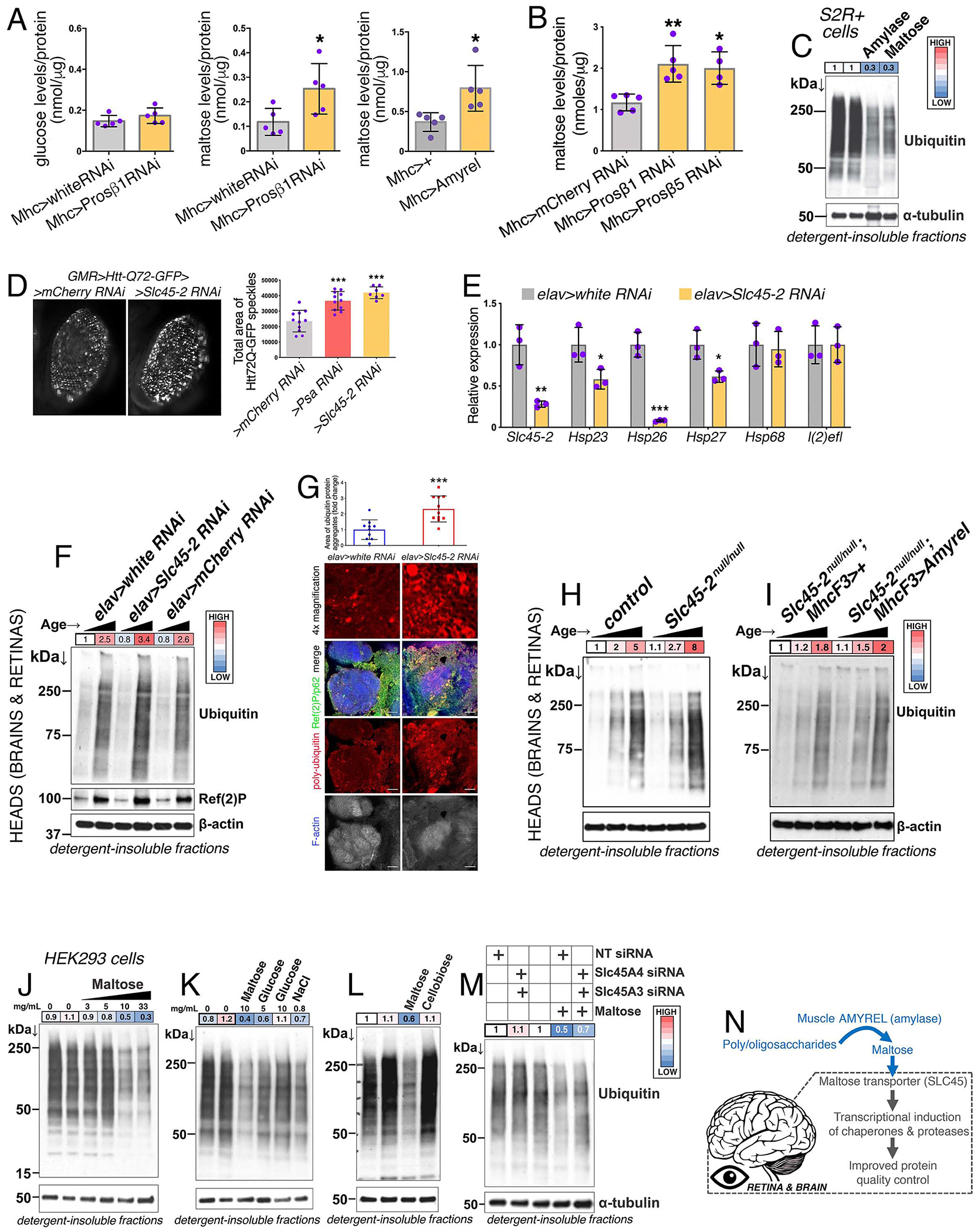Fig. 6. Amyrel-Produced Maltose and Maltose Transporters Promote Protein Quality Control in the Brain and Retina via the Transcriptional Induction of Chaperones and Proteases.

(A) Body levels of maltose increase in response to muscle-specific Prosβ1RNAi, whereas glucose is inconsistently regulated. Similarly, muscle-specific Amyrel overexpression increases body maltose levels. SD, n = 5.
(B) Head maltose levels increase in response to muscle-specific Prosβ1RNAi and Prosβ5RNAi compared to control mCherryRNAi; SD, n≥4.
(C) Western blot analysis of detergent-insoluble fractions from Drosophila S2R+ cells treated with porcine recombinant amylase or maltose and heat shocked for 6h at 37°C. Amylase and maltose decrease the heat-induced accumulation of poly-ubiquitinated proteins in detergent-insoluble fractions.
(D) RNAi for the maltose transporter Slc45-2 driven by GMR-Gal4 increases the overall amount of Htt-Q72-GFP protein aggregates in retinas, compared to control mCherryRNAi (n≥7, SD). PsaRNAi is a positive control.
(E) Slc45-2RNAi driven in the CNS by elav-Gal4 reduces the expression of chaperones that are upregulated by Amyrel. SD, n = 3.
(F) Slc45-2RNAi increases age-related accumulation of poly-ubiquitinated proteins in detergent-insoluble fractions of heads, compared to control RNAi. The ages analyzed are 10 and 30 days (elav>Slc45-2RNAi flies do not survive to 60 days).
(G) Immunostaining for poly-ubiquitin (red), Ref(2)P/p62 (green), and F-actin (blue) of brains from 30-day-old flies. Slc45-2RNAi leads to an increase in the age-related accumulation of poly-ubiquitinated protein aggregates in the brain compared to whiteRNAi.
(H) Head tissues from Slc45-2 null/null flies display age-dependent increase in poly-ubiquitinated proteins in detergent-insoluble fractions from heads, compared to controls.
(I) Muscle-specific Amyrel overexpression does not improve protein quality control of head tissues during aging in the absence of Slc45-2.
(J-L) Western blot analysis of detergent-insoluble fractions from human HEK293 cells treated with increasing maltose concentrations (0, 3, 5, 10, and 33 mg/mL) and iso-osmolar and iso-energetic controls (NaCl and glucose). Maltose preserves protein quality control in HEK293 cells that were heat shocked for 7h at 41.5°C, whereas treatment with the disaccharide cellobiose (10 mg/mL) does not.
(M) Western blot analysis of detergent-insoluble fractions from human HEK293 cells treated with 10 mg/mL maltose and either control NT siRNAs or combined SLC45A3+A4 siRNAs. SLC45 RNAi partially prevents the protective action of maltose.
(N) The stress-induced amylase Amyrel produces maltose, which improves proteostasis via SLC45 maltose transporters and transcriptional induction of chaperones.
Supplemental Fig. S5 and S6 report additional data related to Fig. 6.
